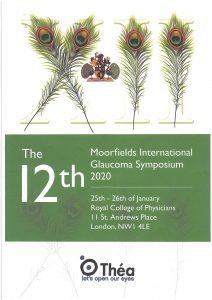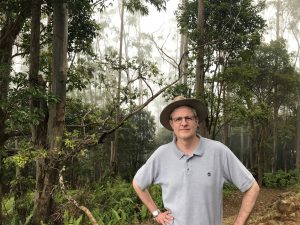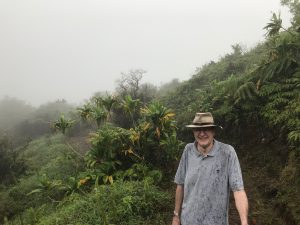Dear all,
We hope that you and yours are all safe and well.
As promised, we have posted another of Mark’s lectures on an educational topic. This lecture is a refresher on how to examine the optic disc in order to detect glaucoma and other conditions.
We hope you find it of interest, and we welcome any feedback.
https://www.dropbox.com/s/ey6jkxx5os7gghu/Optic%20disc%202020.pdf?dl=0
(Note: Some browsers seem to only show the first slide. If so, try another browser or download the pdf file using the arrow button next to the ‘Sign in’ button at the top.)
We have quite a broad collection of lectures on many topics, and if there’s any subject area you’d particularly like a refresher on, we will do our best.
Our practice is currently partially open – we’re available by phone and email as usual, but for the moment we’re only seeing sight-threatening conditions at the London Clinic (fairly rare in Mark’s specialities of cataracts and glaucoma). All elective surgery has been cancelled as the London Clinic and Moorfields have offered their theatres for urgent NHS surgery, freeing up space in NHS hospitals for Covid-19 patients.
Mark is reviewing every patient we have booked in April/May to see just how far we can postpone their appointments. He also held his first video consultations this week with patients who needed to be seen more urgently – this worked surprisingly well, although if anyone can tell us how to measure pressures over the internet, we’d be grateful…..
We wish you all the very best – stay safe!
Mark, Sandrine, Anabela and Avni








